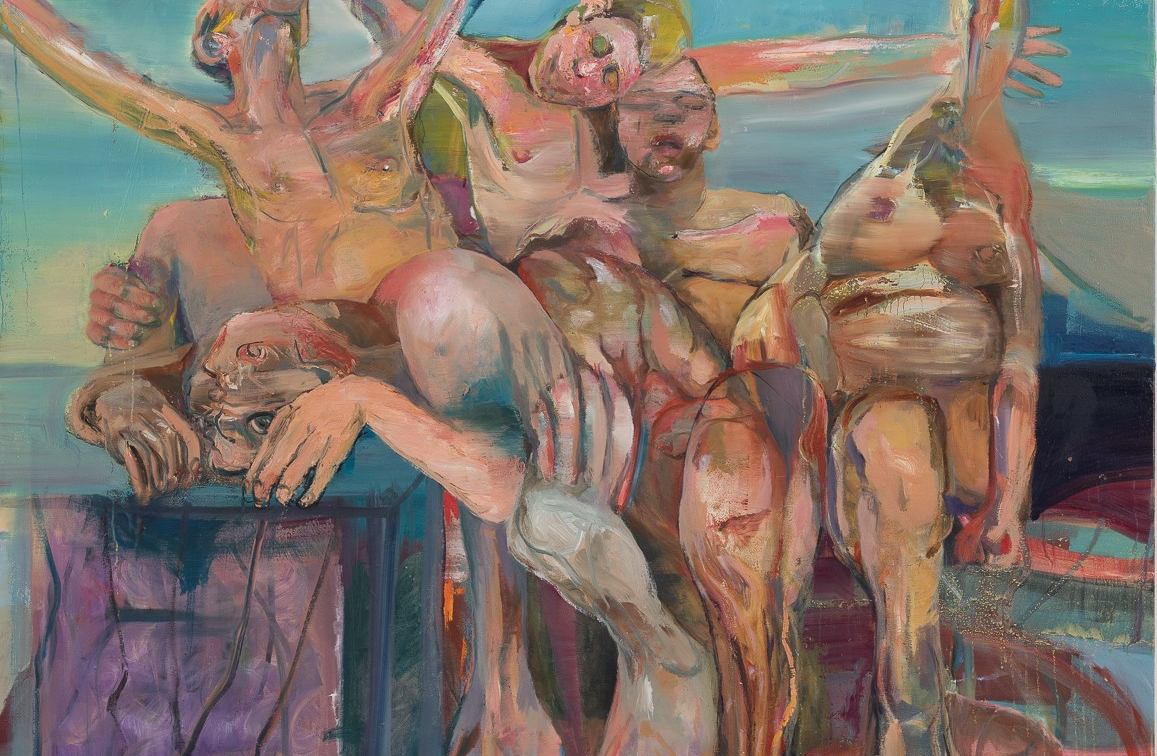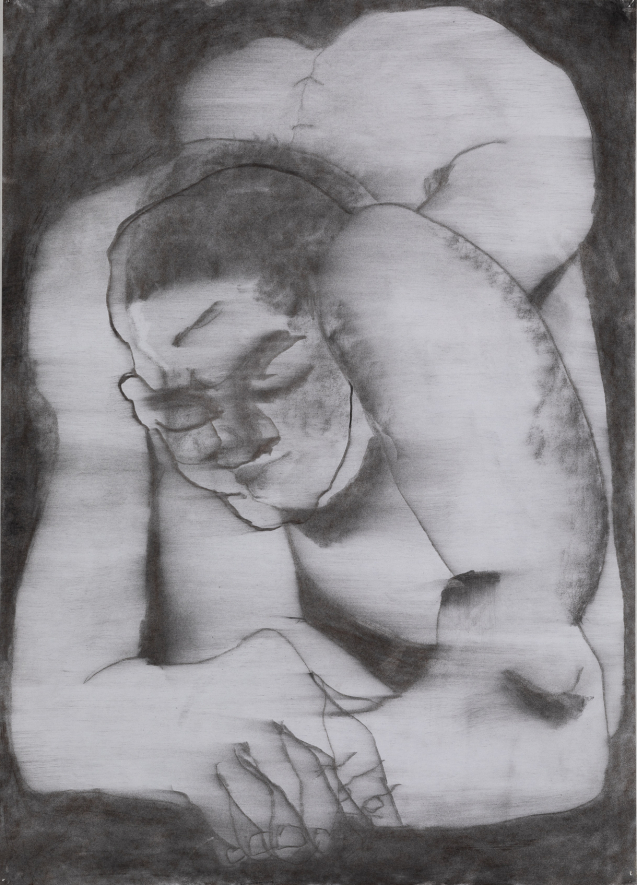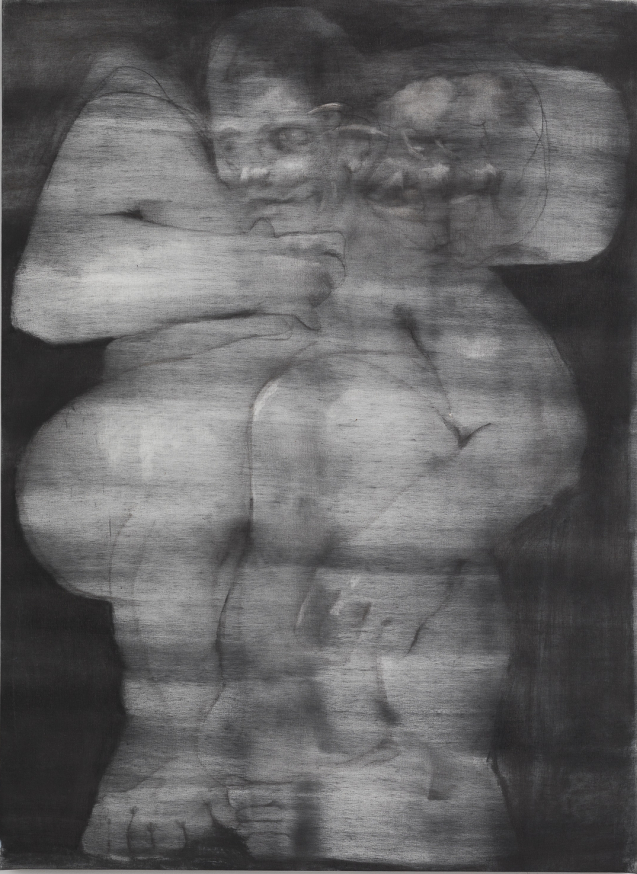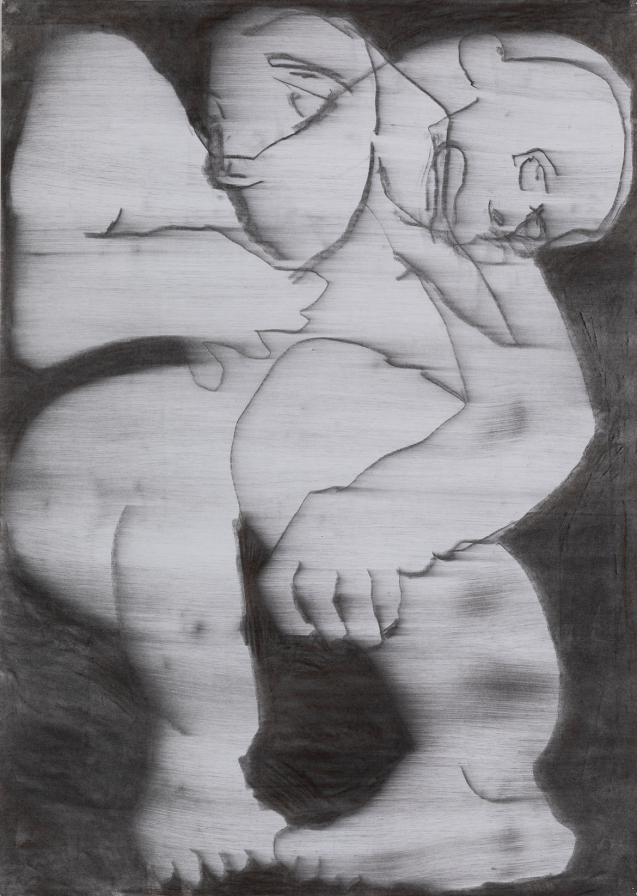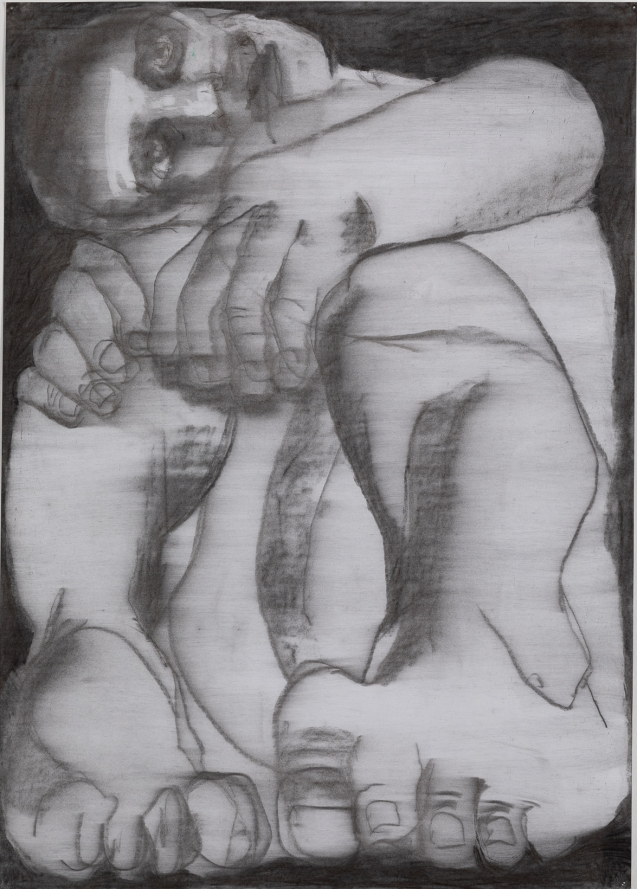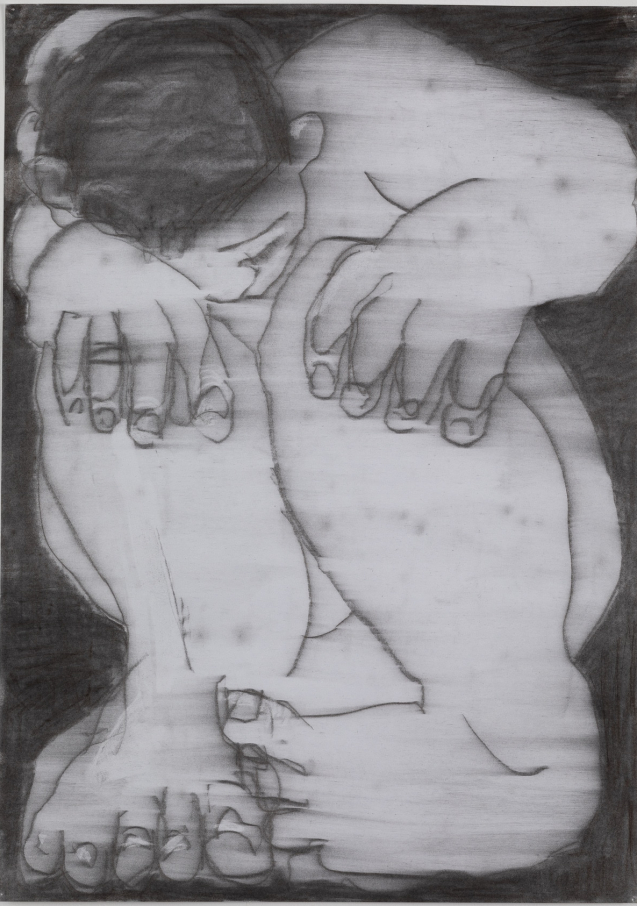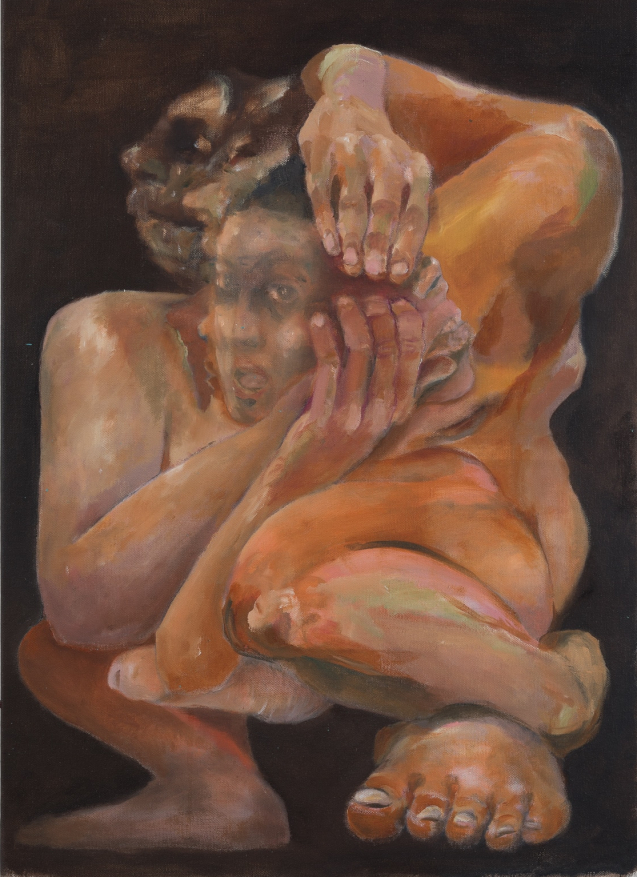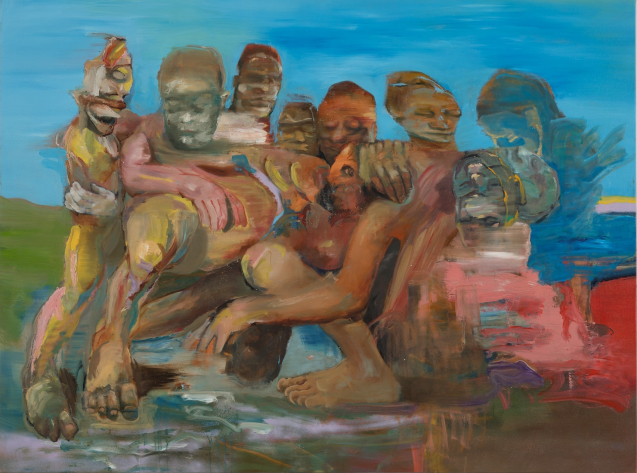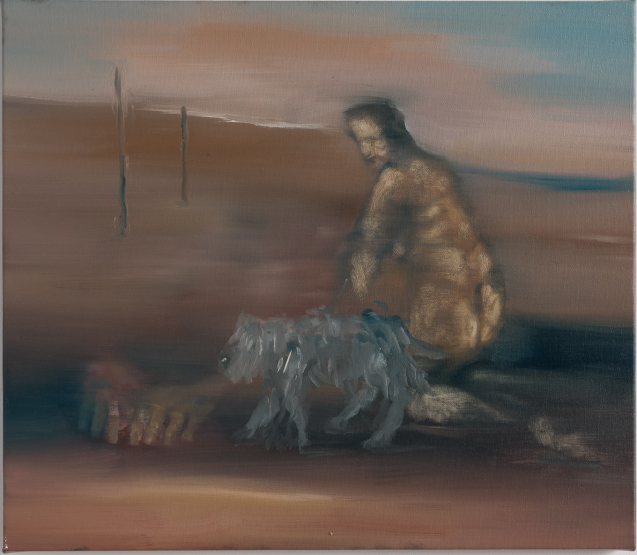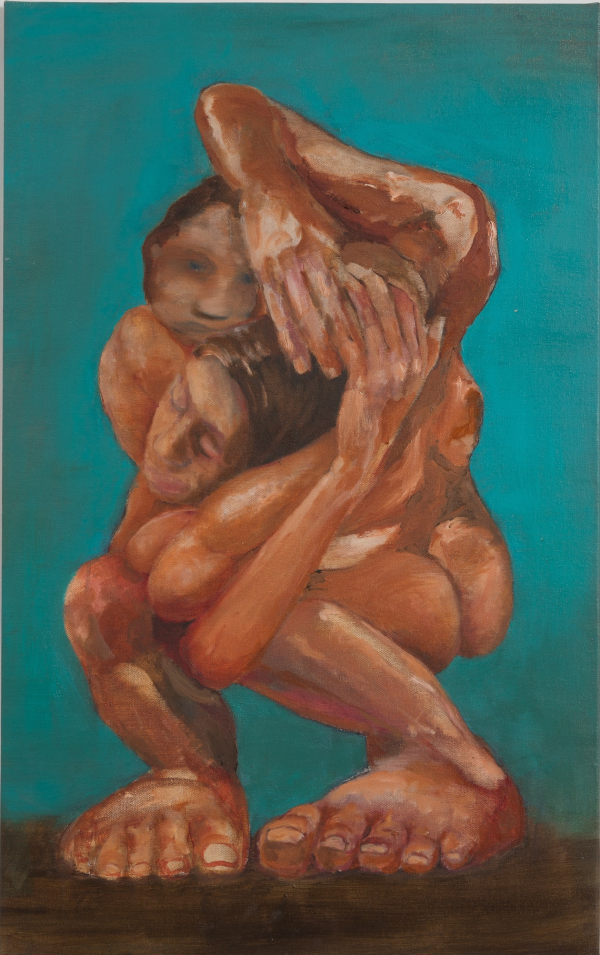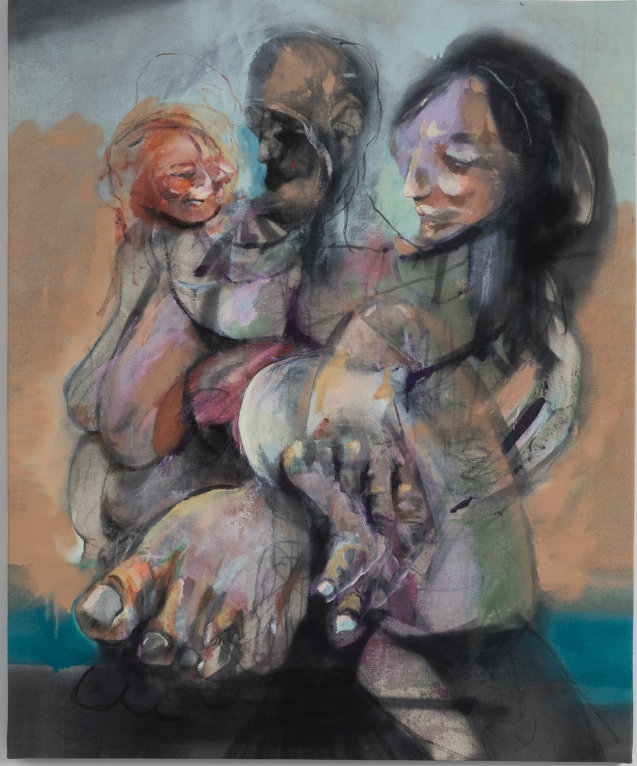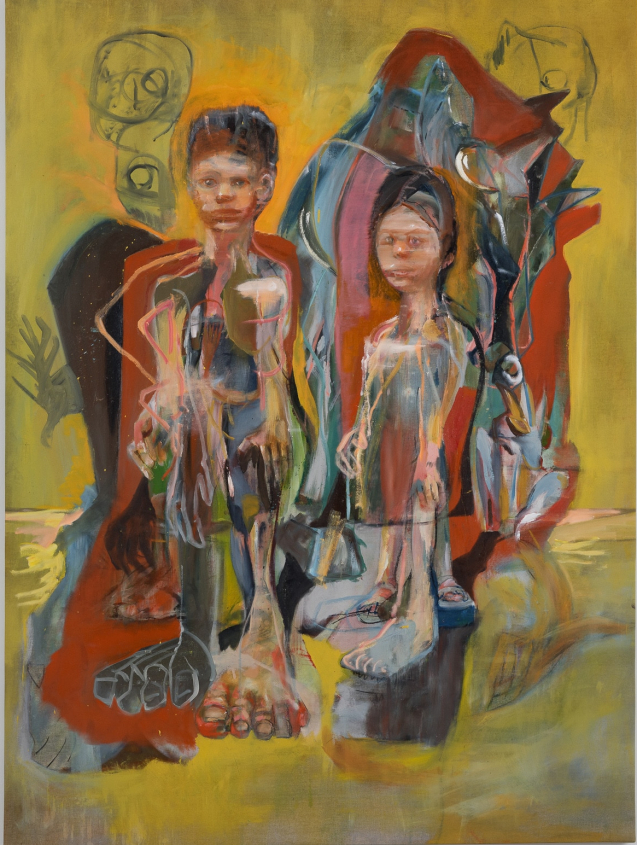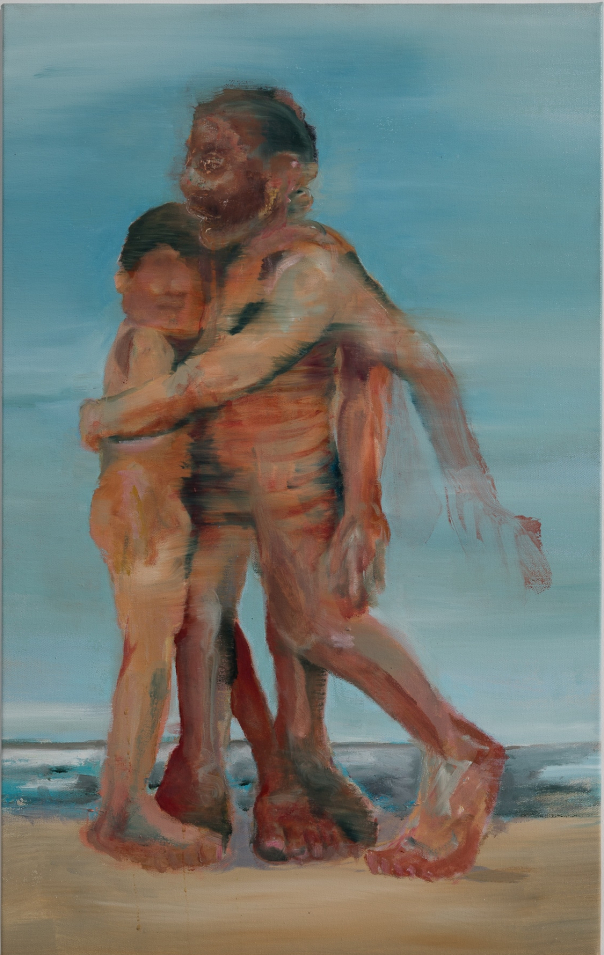Limbo: An abode of souls that are according to Roman Catholic theology barred from heaven because of not having received Christian baptism.
A place or state of restraint or confinement; a place or state of neglect or oblivion; an intermediate or transitional place or state; a state of uncertainty.
[Merriam Webster Dictionary]
Yair Perez dares to look at people. He met the figures appearing in his paintings long before they emerged at the encounter between the brush and the canvas, in other times and spaces, assuming a different guise each time. With his unquenchable curiosity, he repeatedly seeks the human connection—every encounter is an opportunity for a new painting, and every painting is a step towards the next one.
Perez’s paintings absorb therein the countless faces he has encountered in his life. The countenances and images stand for the daily human encounter, but they are not specific portraits and are not based on a familiar figure; they are the essence—a body that encapsulates the ongoing experience of interpersonal encounters. In his studio, he continues to seek and depict this confluence over and over. The multiple canvases spread on the studio walls are...
Read More 